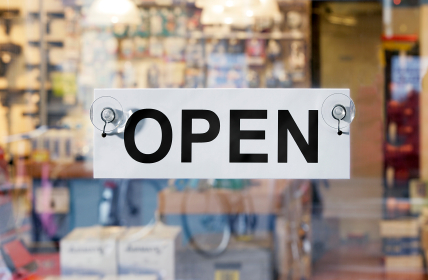One aspect of the opioid epidemic that’s always baffled me: widespread involvement by major pharmacy chains in the vast over-prescribing that helped jump start the whole thing.
Now that we’re learning more about the extent of their participation– way beyond what I supposed– it’s clear that it could happen again, perhaps with a different class of high-risk medications. We should probably undertake a post-mortem evaluation of the system, akin to those in the wake of Wall Street Crash of 2008.
I can understand the corporate managers of a big chain allowing themselves to become seduced by the sheer magnitude of profit. They’re always vulnerable to that. But what about all those thousands of pharmacists and benefits managers throughout the system? They actually manage the process. Surely they noticed something, right?
Three possible explanations that I can see:
- Perhaps they genuinely believed that opioids were the medication of choice for chronic pain. This was a common fallacy in healthcare circles in the late 90’s, based on, well, bad information. Plenty of physicians swallowed it, too. It could be that at least some pharmacists thought they were doing the right thing by filling (and refilling, and perhaps re-refilling) all those oxy- and hydrocodone prescriptions, even for years on end, without any substantive review.
OR
- Maybe they strongly suspected something was badly wrong, but for various reasons, kept their mouths shut, feeling it was not their place to challenge physician orders. Or perhaps they did broach the subject but were shut down from above (that happens in every corporation). Or it could be they feared losing their jobs. People do, you know.
OR
- It’s even possible they slipped into denial, aware of the risks but rationalizing, minimizing, and discounting the possible consequences of all these opioid prescriptions. Maybe their employers actually encouraged opioid prescribing, or otherwise incentivized it, if unintentionally. Could be that some staffers just went about their business, robot-like, and never gave the outcome much thought. I had to laugh at the response of the person who answered the phone at a chain drugstore, when a reporter asked about the DEA’s finding that their pharmacy had filled by far the most opioid prescriptions of any in the state. Her reply: “We did?”
It’s quite possible that if you looked across a broad section of the pharmacy professions, you’d encounter all three of the above, along with a few I haven’t thought of. Don’t chains have quality control mechanisms to alert headquarters to abnormal patterns in prescription use? Of course they do. Somehow, it failed. Or maybe somebody higher up decided not to listen.
Whatever the reasons, the outcome was incredibly destructive to our society. I doubt the big chains are eager to accept blame. Are they ever? Here’s an illustration:
I don’t have a solution other than to suggest America take major steps to ensure that corporations and government cooperate effectively to monitor and control the flow of prescription painkillers throughout the healthcare system.
In other words, do what we thought was being done, but wasn’t.













